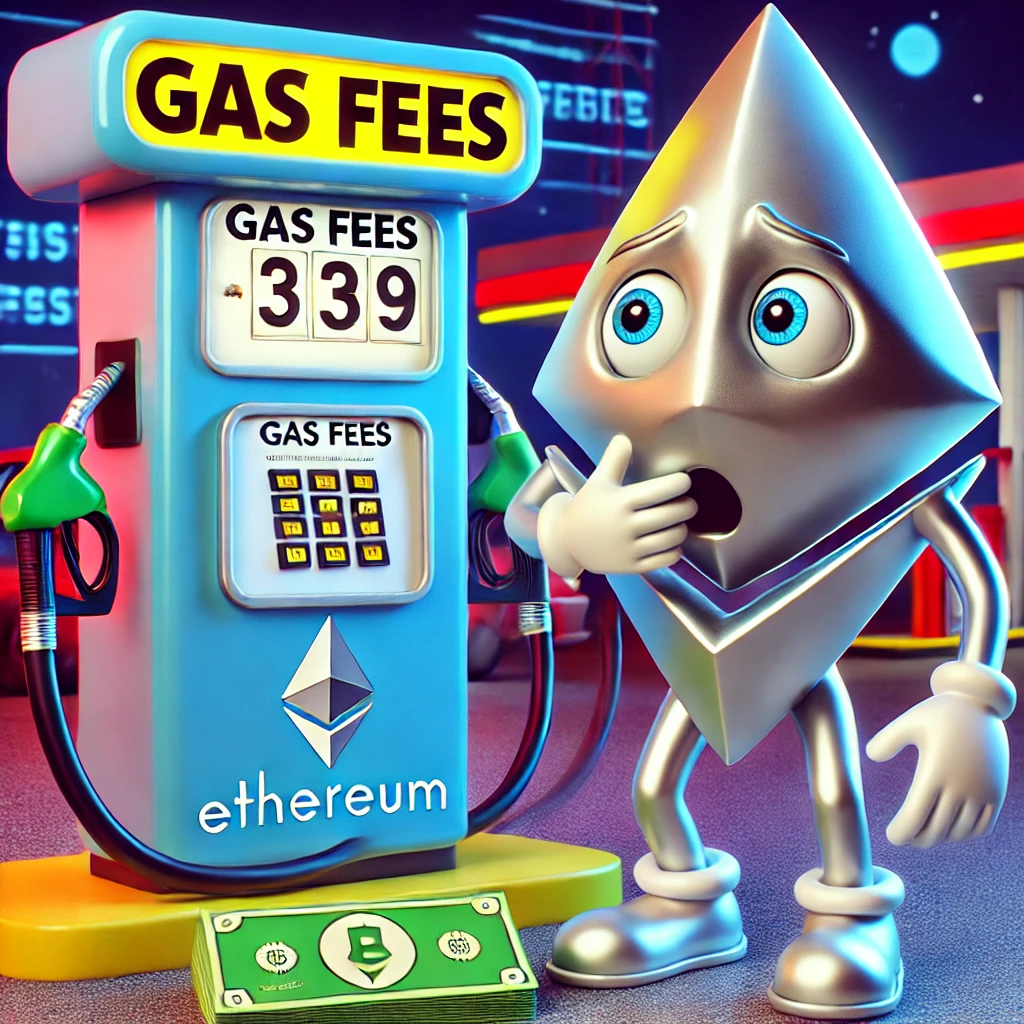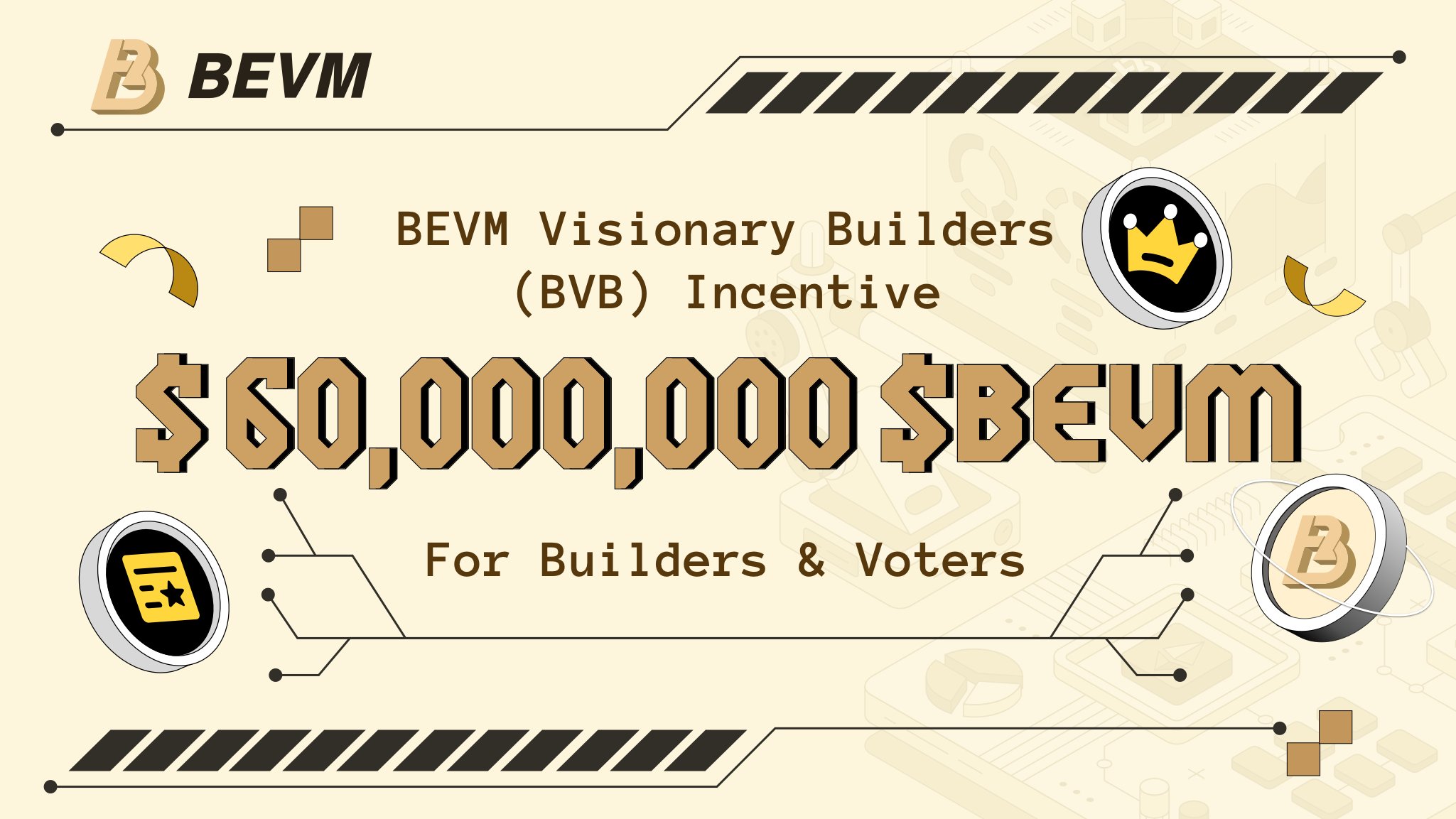Gas is a unit that measures the amount of computational effort required to execute operations like smart contracts. When interacting with the Ethereum network, users pay a transaction fee for the gas that is required to execute it on the network. This also serves as compensation for validators who spend resources to process and validate transactions.
This piece explains what gas fees are, why they matter and how to calculate them.
What Are Gas Fees?
Gas fees are fees users pay to the Ethereum network to incentivize miners for the computational power consumed when processing and validating transactions. These fees are typically paid in the native currency of Ethereum, which is known as Ether (ETH).
The amount of gas a user is willing to pay per unit of gas is measured in Gwei. 1 Gwei equals about 0.000000001 ETH with Network congestion is a major determinant of gas price. By increasing the gas cost, a user can also encourage miners to give their transaction more priority.
These fees can vary according to the complexity of the transaction as well. A transfer of an Ethereum will cost a lot less gas than a complex operation, like deploying a smart contract.
How Gas Fees Are Calculated
The sum total of gas fees for a transaction can be calculated thus:
Gas Fee = Units of Gas Used × Base Fee + Priority Fee)
For instance, if you wish to send 3 ETH to a friend and calculate that the transaction will take 21,000 units of gas at a base fee of 15 Gwei with a tip of 5 Gwei, then the fee for this transaction becomes:
21,000x(15 Gwei+5 Gwei)=420,000 Gwei
420,000 Gwei in ETH is 0.00042 ETH
Then this fee is added to the total transaction amount, becoming a total of 3.00042 ETH.
Factors Affecting Gas Fees
There are several factors that influence gas fees on the Ethereum network:
- When there is high activity on the Ethereum network, often at a dApp launch or in a bull market for some assets, gas prices will subsequently soar. Then many users try to outbid each other for priority service and ensure that their transactions will be processed accordingly.
- The higher the transaction complexity, the more gas is consumed. So, for example, a smart contract with multiple functions incurs much more gas than eth transferred simply from one account to another.
- With the introduction of Ethereum Improvement Proposal 1559 (EIP-1559) on August 2021, the gas fee model had significant alterations. The main change was a “base fee”; this is burned (so to speak) off transaction fees and the “priority fee” (tip) to go with that.
The base fee adjusts according to network congestion, while users are able to specify how quickly they want their transaction processed by increasing their priority fees.
Are Gas Fees Necessary?
Gas fees serve a number of important functions within the Ethereum network:
- Users must pay a fee for everything they do on the network. This makes it impossible for people with malicious intent to clog up the network by performing vast numbers of small transactions, and thus prevents spam and ensures stability of the system.
- Gas fees help allocate the network’s resources in an efficient manner. Those users willing to pay higher fees can get their transactions prioritised, and so those types of operations which are vital for the smooth running of the entire system are quickly processed.
- Miners, who perform transactions and provide them to the network, are paid in gas fees. This incentive is vital for the continued operation and security of the Ethereum network.
Strategies to Manage Gas Fees
Given the importance of gas, we must use a variety of strategies in managing gas fees. Thankfully some of the following steps can also help reduce costs too:
- Transactions made on weekends and in the early hours of the day come with much lower demand and does the cost of the gas required to process them. Being mindful of this disparity in prices, users could time their purchases to fall within this periods and thus bring down costs substantially.
- With high complexity transactions, an appropriate gas limit can be set to avoid unnecessary costs. Tools like ETH Gas Station can be used to estimate the gas limit needed for the transaction.
- Layer 2 solutions, such as Optimistic Rollups and zk-Rollups, relieve mainnet congestion and lower gas fees by executing transactions off-chain. Users can also make use of them to achieve more cost-effective transactions.
- Users are allowed to “store” gas by a range of gas tokens such as Chi Gastoken during the low price period and then “release” them when needed. This approach may be complicated but offers potentially substantial savings often for heavy users.
Layer 2 solutions can save users from the transaction congestion that occasionally affects the Ethereum network. There are techniques to take a large part of the transaction processing away from the main Ethereum chain. By extension, they relieve congestion and gas fees as well.
Numerous alternatives are available for user as they can select options like Arbitrum or Polygon. As these options become more widely used, the dynamics of gas fees will change considerably.








